Farm vs. Homestead vs. Farmstead | What They Are and How To Choose
We hear from so many that they dream of owning some land to grow and raise food. But, do you want to be a farm, a homestead, or a farmstead? It’s an important question! We’ll discuss the difference between the three along with some practical considerations when choosing.
The question of farm vs. homestead vs. farmstead is near and dear to us and came up many times in our own journey.
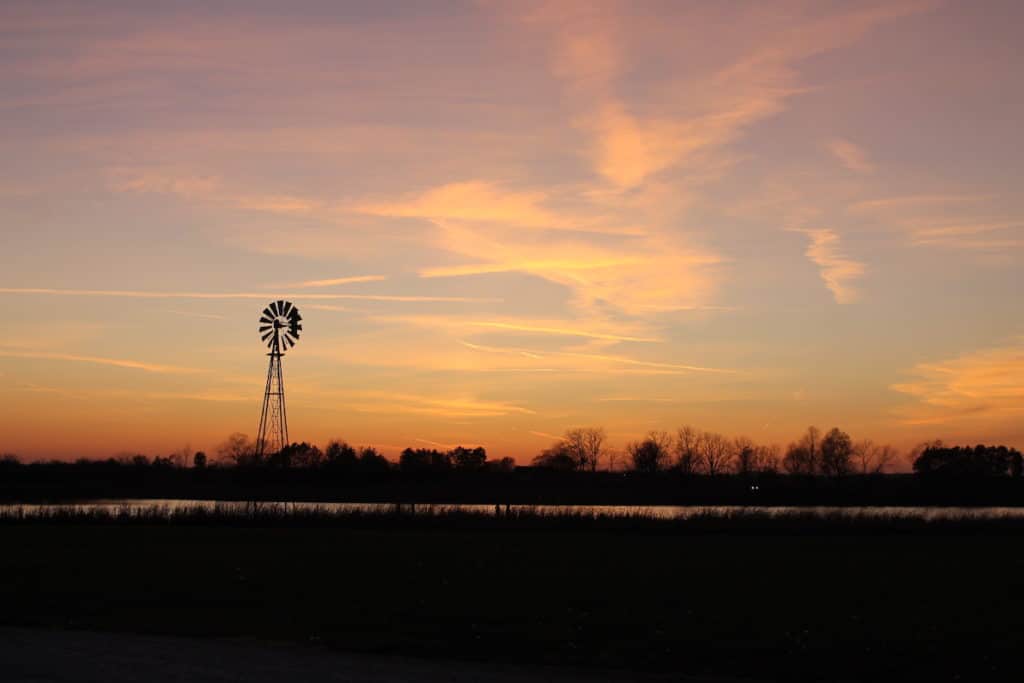
Our Journey from the Suburbs to 5 Acres
Reconnecting to our agrarian roots is a growing trend.
You love the local food community. You want to support it; maybe even join it. Growing food is a passion. You want to feed your family; possibly even your community. Starting where you’re at makes sense, but you have been processing a move. More land. Something rural even? These thoughts have been mulling around in your head for months, maybe even years!
If you can relate to any part of that then you’re in good company! We were born and raised in the suburbs and frequently processed these decisions for years before deciding to just go for it.
We share about our difficult decision to leave the suburbs and ultimately end up on the 5 acre property we currently live on in the video below.
Yes, it was one of the hardest decisions we’ve ever had to make. But, we have no regrets! We love the life we’ve built with our milk cow, chickens, gardens, orchard, and lots of plans to keep producing a wide array of high quality, nutrient dense foods into the future.
How We Became A Farmstead
Leading up to that move, I was convinced we were going to be farmers. Everyone I followed was a farmer – John Suscovich of Farm Marketing Solutions, Farmer Jessie of No Till Growers, Joel Salatin of Polyface Farms. Being a suburbanite, I didn’t know any other options. Farming seemed like the lone path.
Joelle, however, was exposed to a different path—homesteading. There’s lots of “mommy” homesteaders out there that she was familiar with and I was COMPLETELY oblivious to. Jill Winger of The Prairie Homestead, Lisa Bass of Farmhouse on Boone.
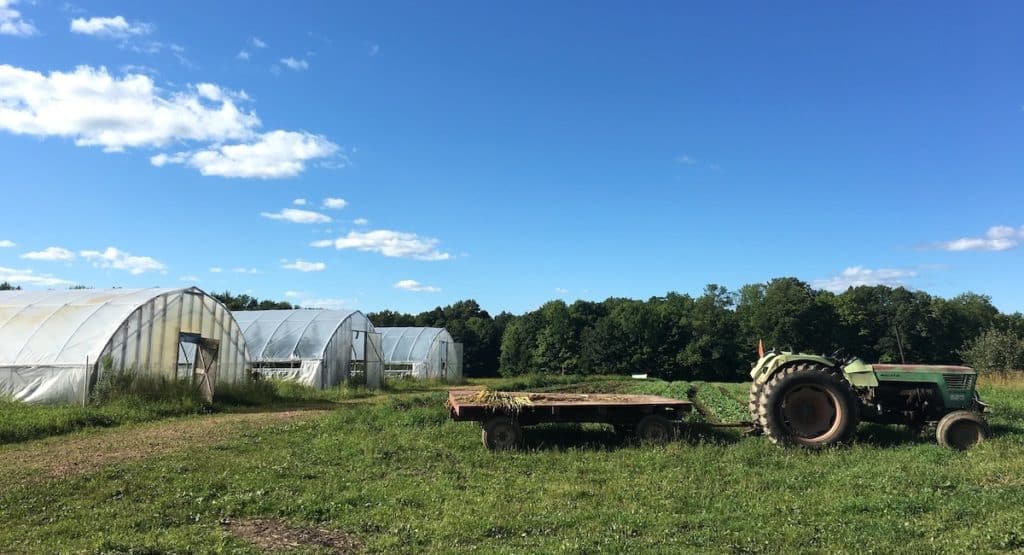
So, as we processed this big move and decision for years, we often missed each other in subtle but important ways. Joelle was talking about homesteading, while I was talking about farming.
Finally, we made that distinction and understood each other. But it took a lot of clarifying and envisioning of what we wanted our future family life, farmland, lifestyle, and work to look like.
In the end, we became a farmstead. A designation I think suits us well. But let’s dig deeper into these three options.
Farm vs. Homestead vs. Farmstead Breakdown
What is a farm?
Farms grow or raise food with the purpose of turning a profit. While the average farm size in the U.S. is over 400 acres of land, a farm can be any size. This includes an urban farm on a ¼ acre lot all the way up to the mega farms or ranches that are comprised of thousands of acres.
A typical minimum requirement to be designated a farm is that you have farm earnings of at least $1,000 annually. Most states require this minimum for land to maintain a tax status as farmland when filing a Schedule F on your taxes. A schedule F is the tax form where you claim your farming income and expenses.
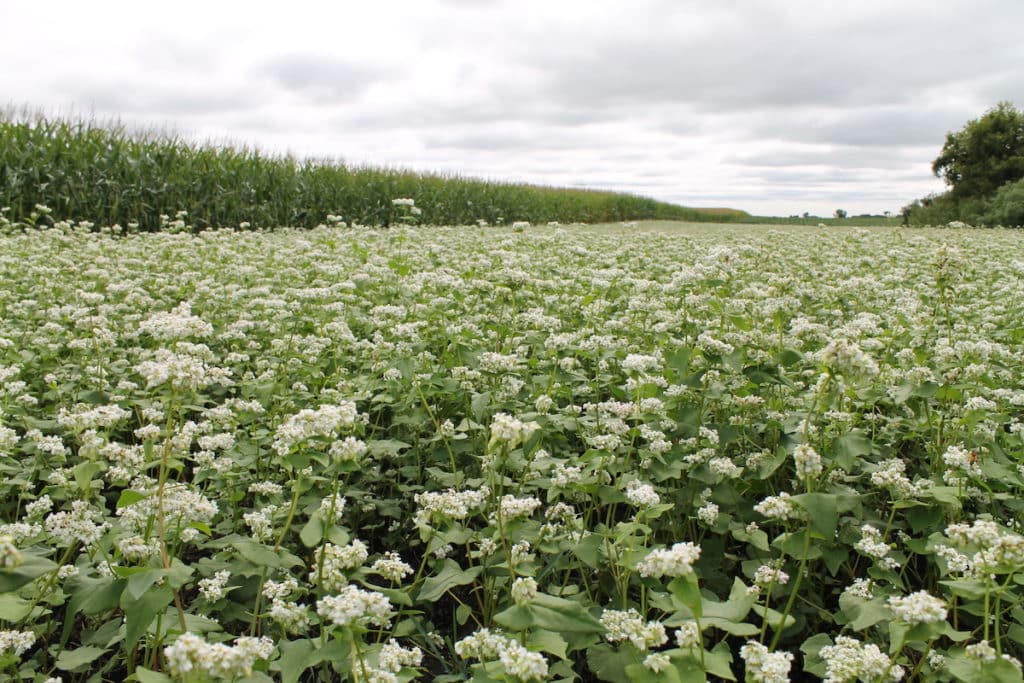
Farms can be diverse or narrow in their enterprises. Some farms raise livestock or dairy. Some raise a single crop or a variety of crops. Farms can land anywhere on a spectrum of commercial, conventional or commodity-based to also being organic, sustainable, or regenerative. Most farms grow food, but some, like a Christmas tree farm, grow other consumer goods.
Some might say that a farm should have a sole focus on profiting off the farm. However, in today’s realities that is simply not the case. An increasing number of farmers have/need off-farm income in addition to the income raised on their farm. Farming may be their primary or secondary job.
What is a homestead?
A homestead focuses on food production to meet the needs of their family. Often times, homesteads are only on a few acres of land, but they can be more. Urban homesteading in a city or suburban setting is also gaining momentum. A homestead may produce thousands of pounds of food each year, on parr with a small farm, but their goal is not to sell what they grow.
Homesteads will typically have a seasonal focus. A kitchen garden provides enough produce for fresh eating. Excess can be canned or preserved for later use. A strong focus might be storage crops like squash, corn, beans, or potatoes – our post, How To Create a Quarter Acre Self Sufficient Homestead Garden, shares more. Instead of a herd of cows or other animals, they might have just a couple they are raising for dairy or meat. And likely you’ll find a smattering of poultry; chickens or ducks being raised for meat, a flock of layers, and maybe even a Thanksgiving turkey or Christmas goose.
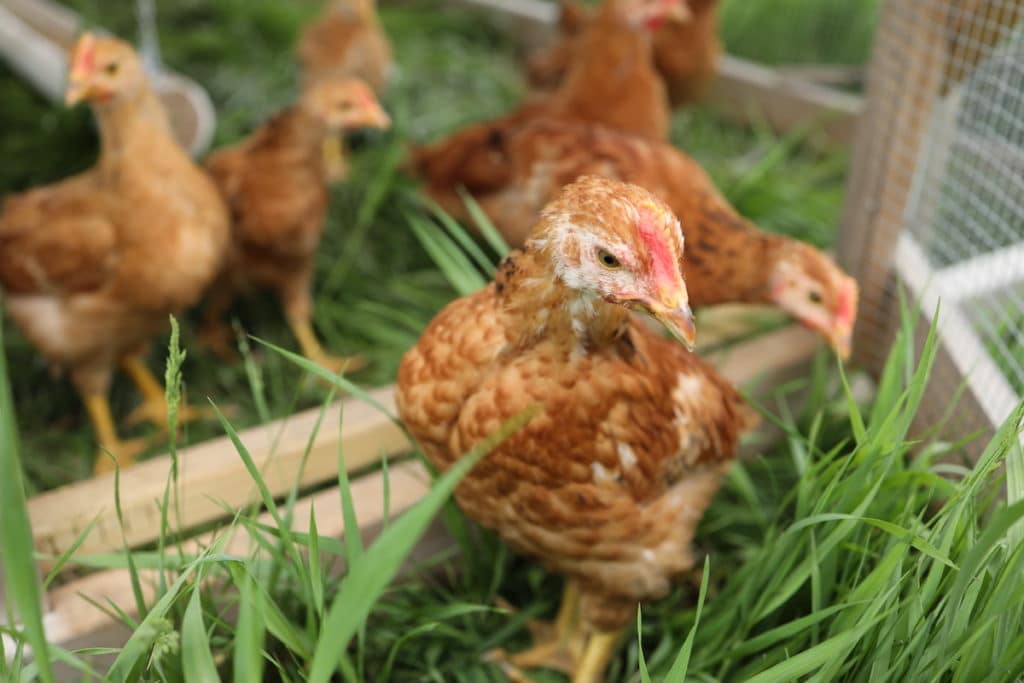
This is the self sufficiency that homesteaders typically strive toward to feed their own family. But there is also a community sufficiency aspect to it. A homestead might have a network of other homesteads or farms that they 1) purchase products from that they don’t grow on their own, or 2) barter with when they have something in abundance.
This simple, seasonal, resourceful life is what makes up modern day homesteading.
What is a farmstead?
The category of farmstead is less straight forward. In reality, it is somewhat of a hybrid between a farm and homestead. It also has a different historical meaning. Let’s dig in!
What is a historical farmstead?
Historically, a farmstead refers to the location within a farm where the home and buildings sit. You might say something like, “Farmer Joe headed back to the farmstead after a day of plowing in the field.” Typically, these buildings were clustered together in close proximity within the farm. Hence, the farmstead.
A farmstead may have comprised of any or all of the following structures:
- Farmhouse
- Barn
- Hen house (or coop)
- Hog house
- Milking parlor
- Stable
- Grainary
- Silos
- Greenhouse
- Root cellar
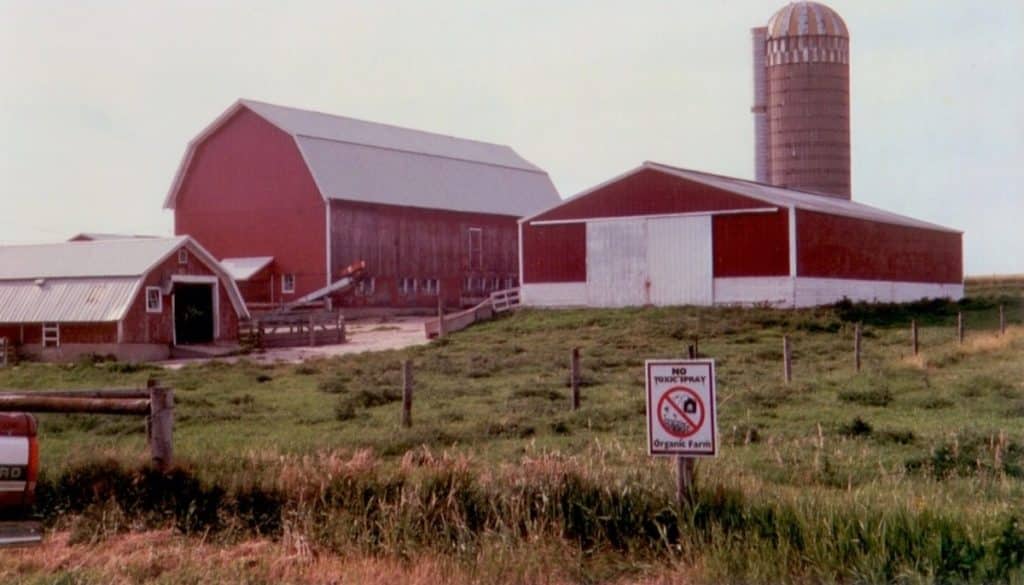
As you can imagine, farmsteads were traditionally part of larger farms with 100 or more acres. The term is still used in this historical context today, but primarily from those who grew up on or were associated with larger family farms. In modern day agriculture, a farmstead has taken on a different meaning.
What is a modern farmstead?
Today, many food growers of various sizes associate as a farmstead. The term farmstead has indeed evolved into a hybrid between farming and homesteading. Therefore, there is no one uniform definition for what a farmstead is; they may lean heavily toward either farming or homesteading, or have a happy medium right between the two.

In general, however, a farmstead has some element of growing food to feed one’s own family and some element of selling farm products for profit. They may very well sell above the minimum $1,000 requirement for a schedule F, or they may not.
Here are some examples:
Rough Draft Farmstead – Jesse and Hannah Frost of Rough Draft Farmstead run a successful vegetable CSA (Community Supported Agriculture) and sell at a local farmers market in their home state of Kentucky. Jesse also runs the No-Till Market Garden Podcast, a YouTube channel, and has authored multiple books.
Slowdown Farmstead – Tara of Slowdown Farmstead functions primarily as a homestead. While, she may sell or barter some goods produced on the farm, they do not rely on farm income to support their family. Tara runs a brilliantly penned newsletter and shares much of her farmsteading story on Instagram.
From Scratch Farmstead – Yes, I’m including us! We are building a home-based business for our primary source of income. But, we do sell or barter products produced on the farm—eggs, meat chickens, potatoes. Anything we have in abundance beyond what our family needs we promote within our local groups and community.
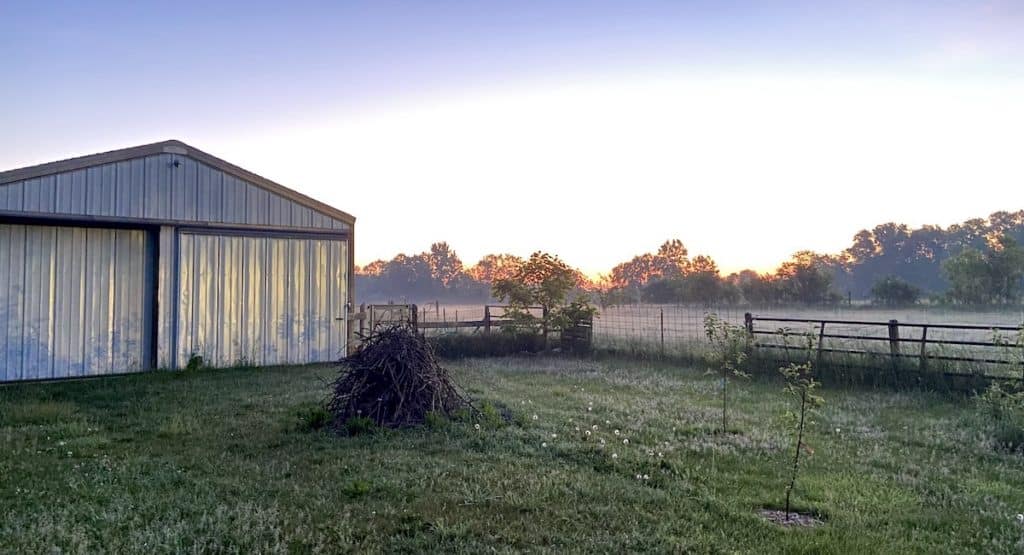
In this way, being a farmstead suits us well.
Would it be all that different to just call ourselves a farm or a homestead? Not really. We could probably fit well in either category. In fact, we often describe to people what we’re doing as homesteading. But we like the middle ground of the “farmstead” label that gives us the flexibility to not be entirely pinned in either the farm or the homestead camp.
How do I choose between farm vs. homestead vs. farmstead?
In our experience, this really boils down to the lifestyle you want for you and your family. Here’s some simple steps you can follow and process through to help determine your best fit.
Step 1 – Know your values
Getting clear on what you value in life between you and your spouse or partner can pay huge dividends. You can even invite kids into the discussion! Your values shape your lifestyle. They act as a filter through which you structure and prioritize your world.
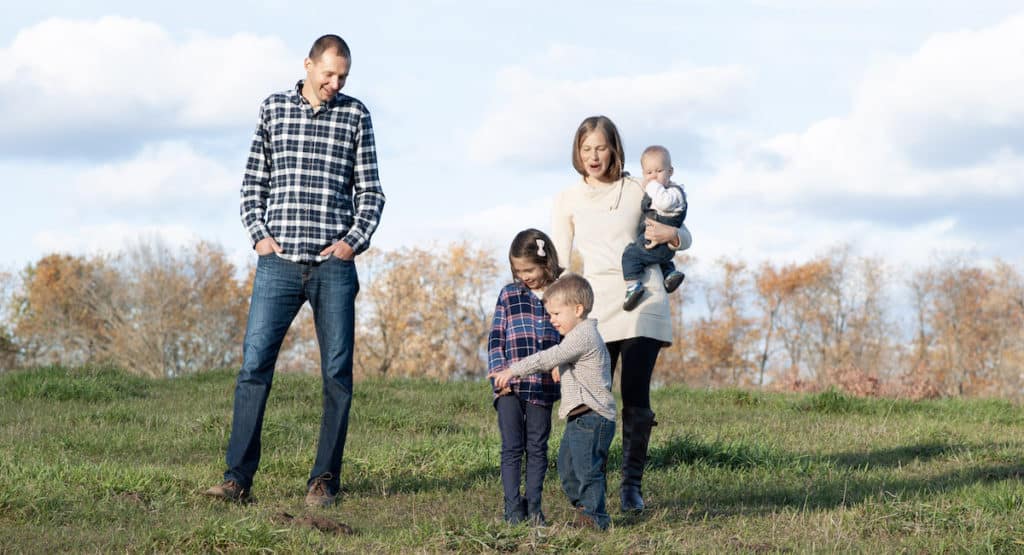
Several years ago, our family sat down and wrote out a family mission statement – our values in written form. This ultimately allowed us to determine that the homesteading life really made the most sense and that we needed to go after it – both while living in the suburbs and in our eventual move to our current 5 acre property.
Step 2 – Visit some of each
Visiting farms, homesteads, and farmsteads first hand is going to be remarkably different than what you see on the internet. None of these options are easy. None look like the perfectly curated and edited feed or pictures you see behind the scenes. Get a realistic picture and learn what’s hard. But you’ll also discover the fulfillment and joy that can be experienced!
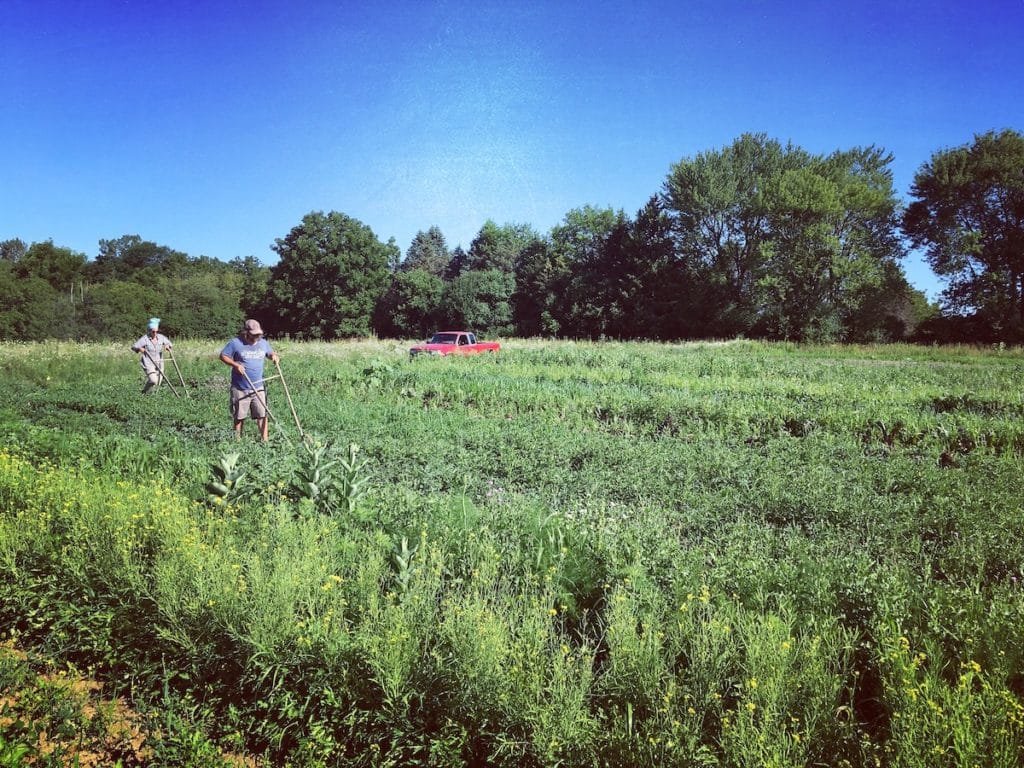
Prepare good questions:
- How did you decide to be a farm, or homestead, or farmstead?
- What do the realities of your world and day to day like? Good, bad, and ugly!
- Are you satisfied where you’re at? Would you consider a different path now?
- What advice do you have for someone starting out like me?
- Can I volunteer or shadow you for day to understand all of it first hand?
We found that the more we visited farms or homesteads the clearer our path became in terms of what we wanted or didn’t want to be doing.
Step 3 – Understand your long-term goals
Once you’ve fleshed out your values and had the chance to visit others doing similar things to what you think you want to be doing, it’s time to get clear on your long-term goals.
One of the obvious places to start is, do you desire for your full-time income to be from the farm? Again, you may not start there and be reliant on off-farm income for a period. But, if your goal is a full-time income through food production, then farming may make the most sense.
If your goal is something like earning an extra $5,000 from your farm on the side for something you’re saving toward, or you simply don’t see yourself leaving your other career any time soon, then a farmstead might fit the bill. If you’re not excited about any of those goals and you’re thinking – “all I want to do is feed my family!” – then you’ll be happy homesteading.
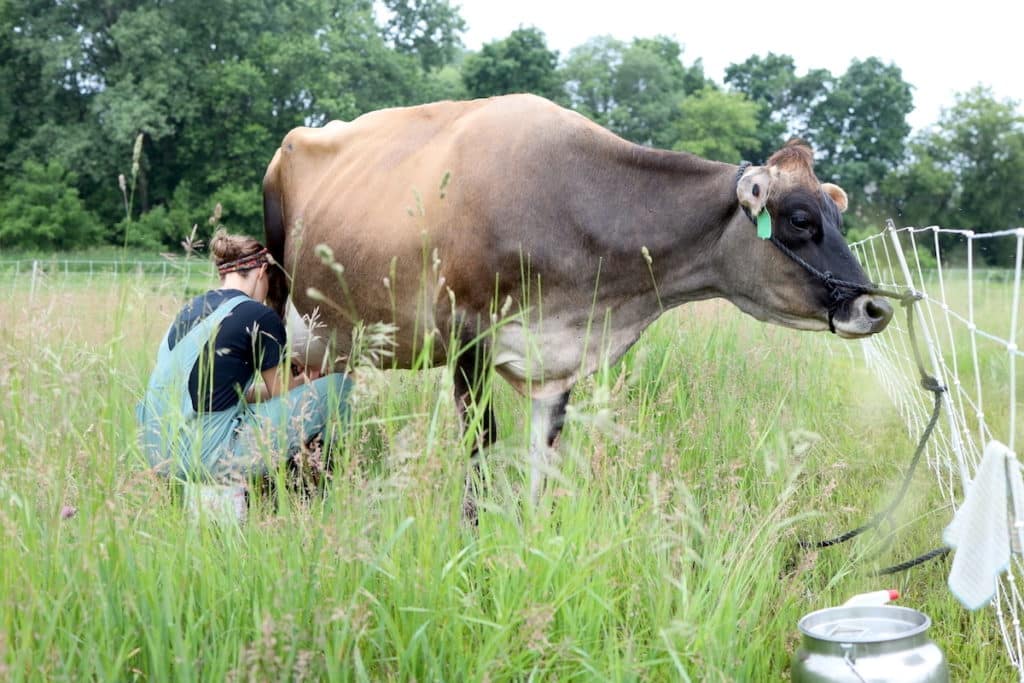
There’s plenty of categories to think through here. Am I ok with my livelihood being dependent on weather? Do I get excited about things like marketing, branding and packaging? Are there markets available locally for me to sell in? Would I rather keep my homelife simple and worry free and have my work and career elsewhere?
Questions like these can really help you decipher what lifestyle you’re after and if a farm, homestead, or farmstead is the best fit.
Step 4 – Go for it!
It’s important to realize that the lines can be pretty blurred between farming, homesteading, and farmsteading. In the end, you don’t need to feel constrained by your name, logo, or whatever you call yourself.
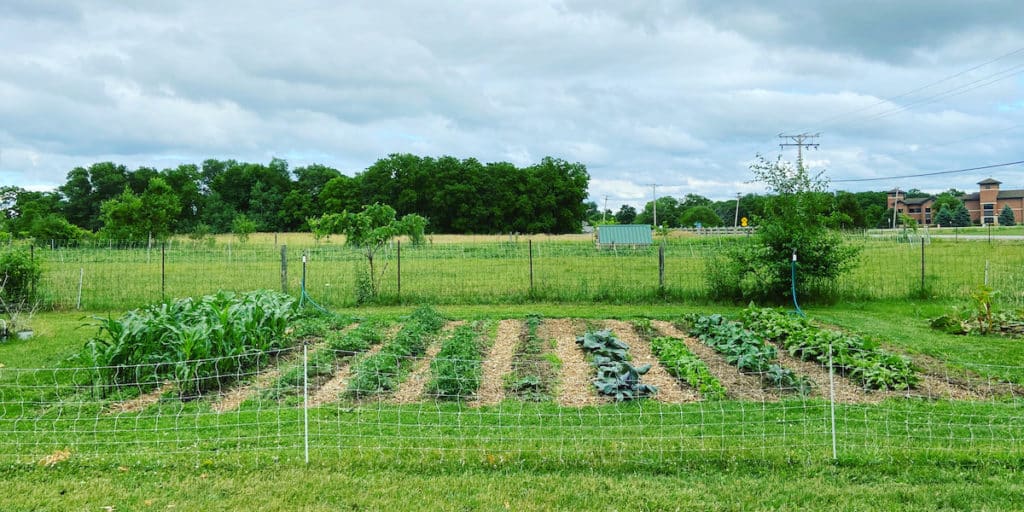
A homestead can have the freedom to set up roadside farmstand to sell extra produce. Farms can shift gears and focus less on their farm production and more on other business ventures. And in all reality, a farmstead can fit fine in just about any category.
It’s more important that you go for it!
Know your dream, and do what it takes to make it happen. A name is a name. But the values you live by and lifestyle you choose will tell your TRUE story.
And friend, I’m dreaming right alongside you of a revitalized agrarian world of beauty and bounty. Whether urban, suburban, or rural. A viable local food system that feeds and nourishes local communities. A movement of consumers that care less about cost and more about fair, livable wages and the story behind their food. And a community of those who feel the call to be food producers, whatever that may look like.
Wherever you fit into that vision, jump right in, and call yourself whatever you’d like along the way!
Looking to take the next steps or even considering buying land? Check out these posts:
- Why a 5 Acre Homestead is the Perfect Size for a Beginner
- Buying a Homestead on a Budget
- Urban Homesteading | 25 Way To Begin Today
- Benefits of Rural Living on a Homestead
- Setting Up a Homestead Budget for One Small Income
Pin it for later!

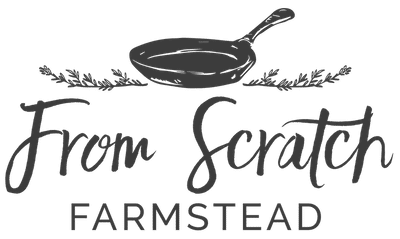
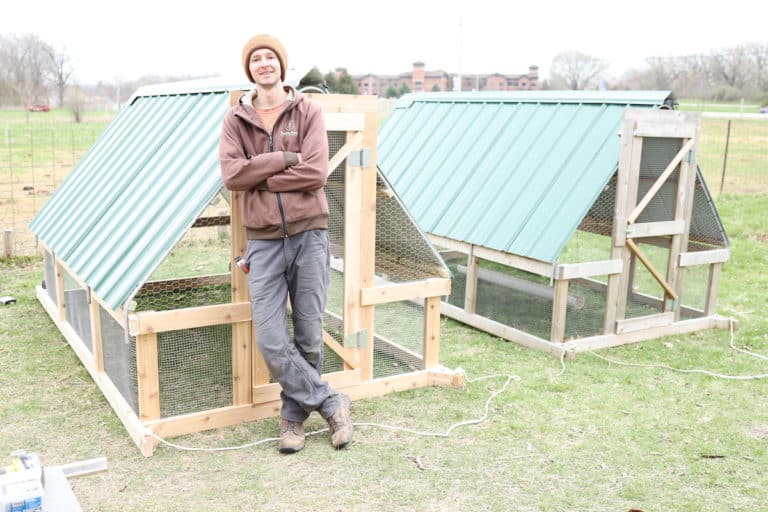

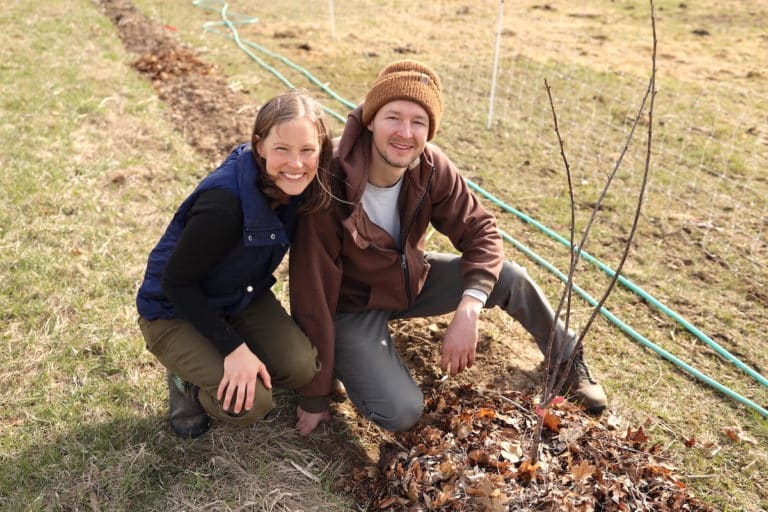
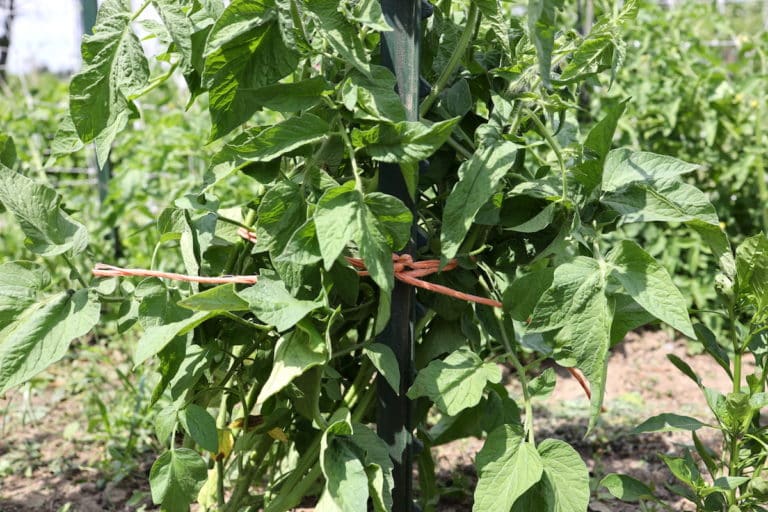
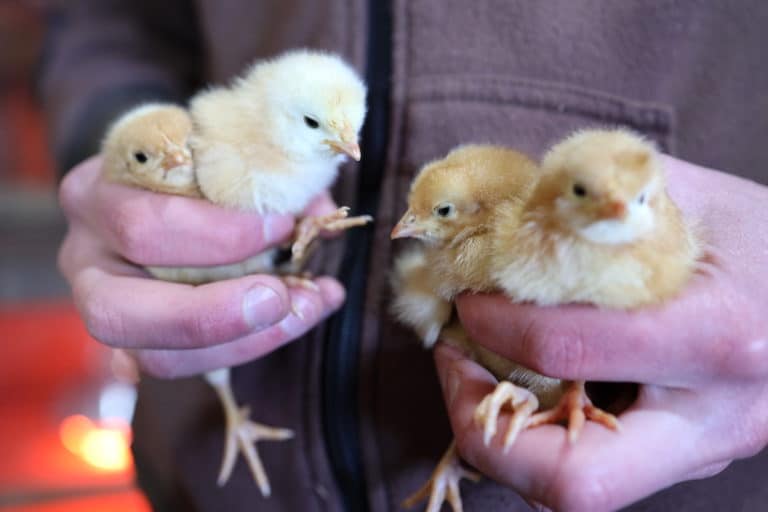

This is nice article. Very helpful for newbie farmhouse owner.
Thanks for stopping by and glad it was helpful!
This article has broadened my horizon concerning a Farm, Homestead, and Farmstead. Right now, I am on the outside looking in.
Glad it was helpful and all the best in your journey!
Thank you for this article. I’ve thought we wanted a multigenerational homestead but our vision seems to fit more the multigenerational family farmstead category. Thanks for the clarification.
You’re welcome! Glad it was helpful and we also love that multigenerational vision 🙂